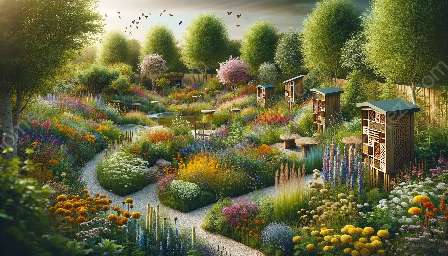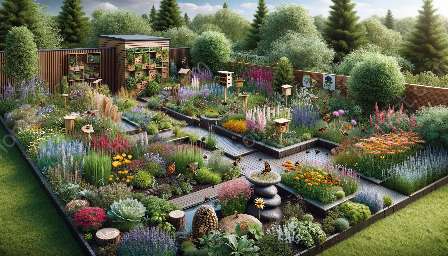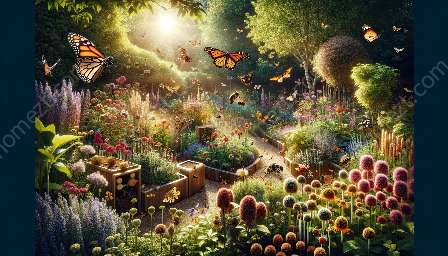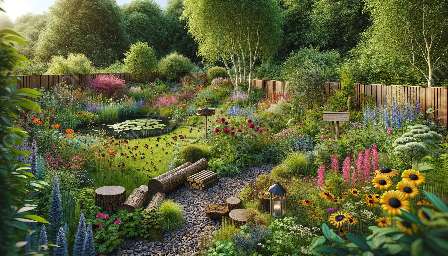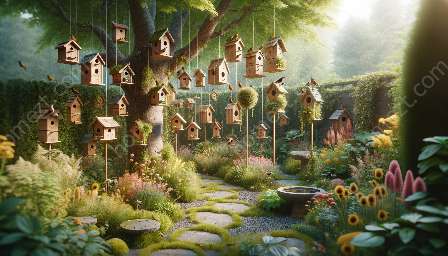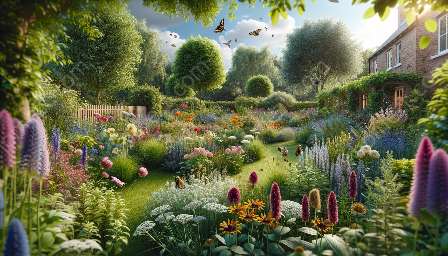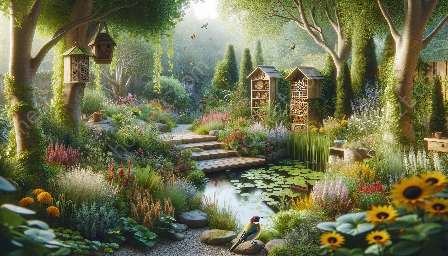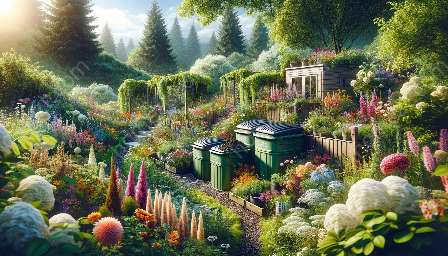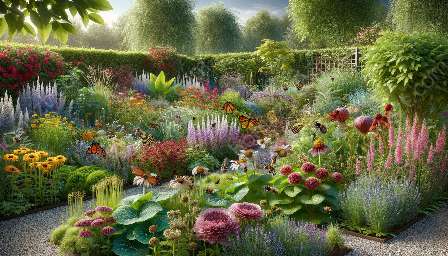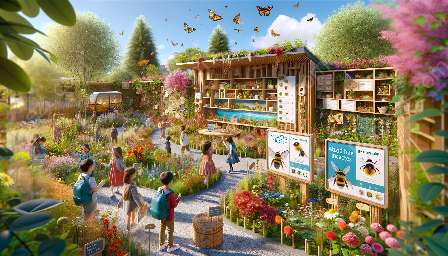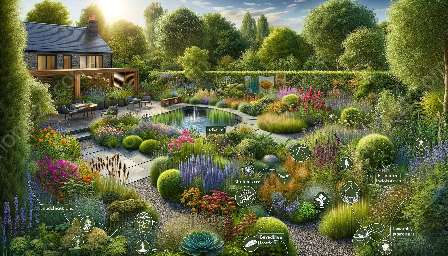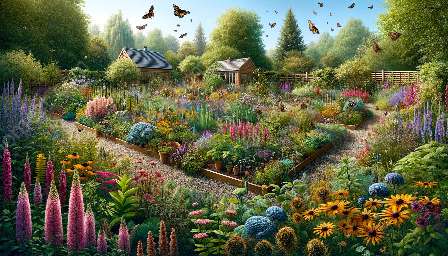Organic gardening techniques are essential for cultivating a garden that supports wildlife and attracts beneficial insects. By adopting specific methods and principles, gardeners can create a thriving ecosystem that benefits both plants and animals. In this comprehensive guide, we'll explore various techniques for wildlife gardening and how to effectively attract beneficial insects, ensuring a harmonious and sustainable garden environment.
Creating a Wildlife-Friendly Garden
One of the foundational principles of organic gardening for wildlife is the creation of a habitat that is conducive to various species. This involves providing food, water, shelter, and breeding spaces for wildlife. By incorporating diverse plant species and natural features such as water sources, rocks, and fallen logs, gardeners can encourage the presence of birds, butterflies, bees, and other beneficial creatures.
Native Plant Selection
Choosing native plants is central to wildlife gardening. Native species are adapted to the local environment and provide essential resources for native wildlife. They offer food in the form of nectar, seeds, fruits, and foliage, and serve as host plants for butterflies and other insects. By establishing a diverse array of native plants, gardeners can create a sustainable and resilient ecosystem that supports a wide range of wildlife.
Chemical-Free Pest Control
Conventional pesticides can harm beneficial insects and disrupt the natural balance of the garden ecosystem. Organic pest control methods, such as companion planting, crop rotation, and biological controls, are not only effective in managing pests but also promote a healthy environment for wildlife. Encouraging beneficial insects to thrive helps keep pest populations in check while minimizing the need for harsh chemical interventions.
Attracting Beneficial Insects
Beneficial insects play a crucial role in maintaining a balanced ecosystem within the garden. By luring these insects into the garden, gardeners can harness their pest control and pollination services. Techniques such as planting insectary gardens, providing suitable habitats, and avoiding the use of broad-spectrum pesticides aid in attracting and sustaining populations of beneficial insects.
Comprehensive Planting
Strategic planting of flowering plants that provide nectar and pollen throughout the growing season serves to attract and support beneficial insects. By including a variety of flowers with different shapes and colors, gardeners can cater to the specific needs of diverse insect species. Additionally, incorporating herbs and plants known for their insect-repelling properties can contribute to a well-rounded approach to insect management.
Structural Diversity
Introducing diverse habitats in the garden, such as hedgerows, brush piles, and undisturbed areas, offers ideal nesting and overwintering sites for beneficial insects. These features provide protection and breeding opportunities, ensuring the presence of these valuable organisms throughout the year. By embracing a holistic view of the garden landscape, gardeners can establish an environment that supports a rich diversity of beneficial insect species.
Maintaining a Thriving Garden Ecosystem
Successful organic gardening for wildlife and beneficial insects relies on ongoing maintenance and thoughtful observation. Regular monitoring of the garden's flora and fauna, adjusting planting schemes, and implementing conservation practices contribute to the long-term sustainability of the ecosystem. By cultivating a garden that prioritizes the well-being of wildlife and beneficial insects, gardeners can revel in a rich and vibrant natural environment right outside their doorstep.

